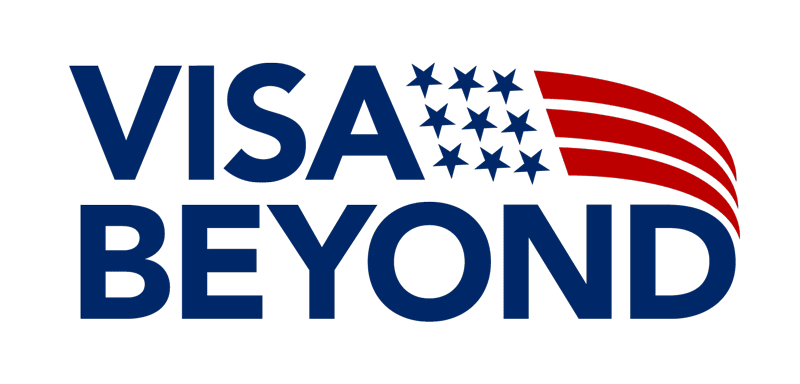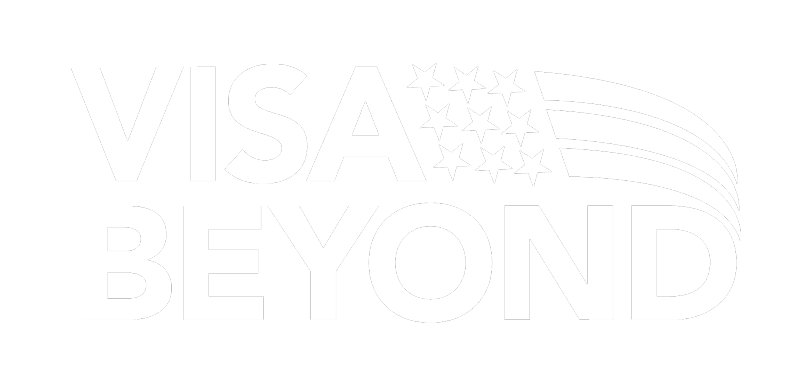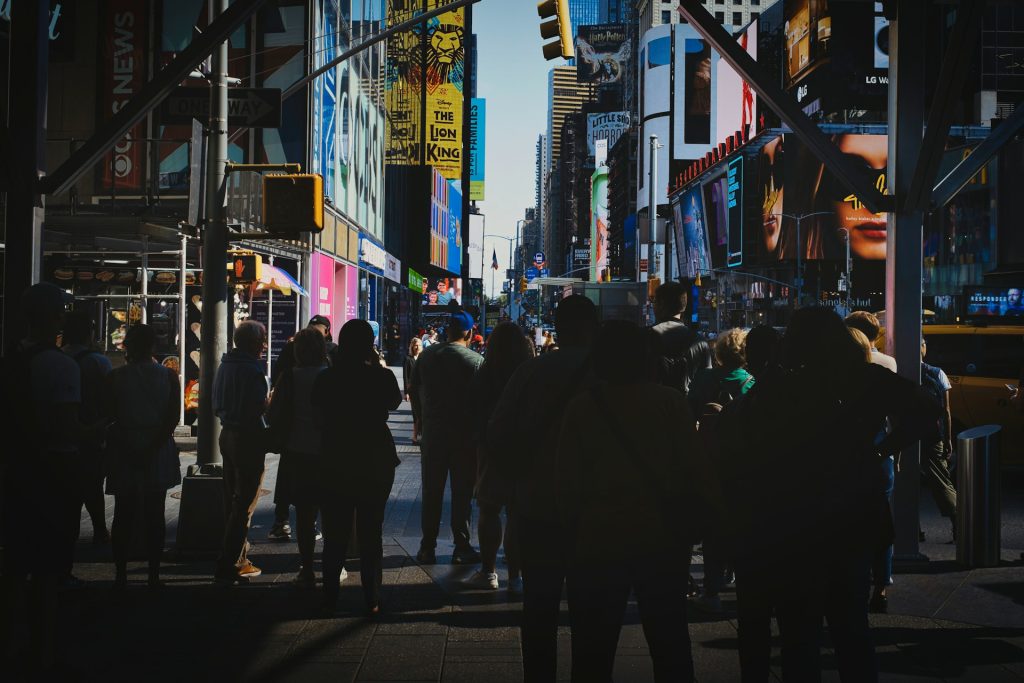When living and working in the United States under a nonimmigrant visa, maintaining lawful status is one of the most critical responsibilities. Yet, many visa holders face uncertainty when their visa extension or renewal is pending and their authorized stay is about to expire. The 240-day stay rule is a key regulation that provides temporary relief in these situations.
This article explains in clear terms what the 240-day rule is, who it applies to, how it works, and what happens if your petition is denied. Whether you’re an H-1B professional, an L-1 transferee, or an employer managing foreign workers, understanding this rule helps prevent unintentional violations of immigration law.
Understanding the Concept of Authorized Stay
Before diving into the 240-day rule itself, it’s important to understand what “authorized stay” means.
When a foreign national is admitted to the United States, the U.S. Customs and Border Protection (CBP) issues an I-94 record showing the period during which that person is authorized to remain in the country. This is often different from the visa stamp in your passport, which only controls entry — not how long you can stay.
If you continue working or remaining in the U.S. beyond the expiration date on your I-94 without authorization, you fall into unlawful presence, which can lead to serious immigration consequences such as bans on reentry.
This is where the 240-day rule becomes relevant.

What the 240-Day Stay Rule Means
The 240-Day Rule allows certain nonimmigrant workers to continue working and remaining lawfully in the U.S. for up to 240 days after their authorized stay expires — as long as a timely extension petition has been filed by their employer with the U.S. Citizenship and Immigration Services (USCIS).
In simple terms:
If your visa status (for example, H-1B, L-1, O-1, E-2, etc.) is expiring soon, and your employer files a valid extension request before that expiration date, you can continue working for the same employer for up to 240 days while USCIS processes your case.
This provision is outlined in 8 CFR § 274a.12(b)(20) and aims to ensure that foreign professionals don’t lose their employment authorization simply because of USCIS processing delays.
Who Is Eligible Under the 240-Day Rule?
Not all visa categories qualify for this rule. It primarily applies to nonimmigrant workers whose employment is tied to a U.S. employer and who have filed for an extension of stay using Form I-129 before their current authorized stay expires.
Common visa categories that qualify include:
- H-1B – Specialty Occupation Workers
- H-1B1 – Free Trade Agreement professionals from Chile or Singapore
- H-2A and H-2B – Temporary Agricultural or Non-Agricultural Workers
- L-1A and L-1B – Intracompany Transferees
- O-1 and O-2 – Individuals with Extraordinary Ability and their Assistants
- P-1, P-2, P-3 – Athletes, Artists, and Entertainers
- R-1 – Religious Workers
- E-1, E-2, and E-3 – Treaty Traders, Treaty Investors, and Specialty Occupation Professionals
It does not apply to all nonimmigrant statuses. For example:
- B-1/B-2 Visitors cannot continue staying beyond the authorized period under this rule.
- F-1 Students and J-1 Exchange Visitors have their own separate work authorization mechanisms and are not covered by the 240-day rule.
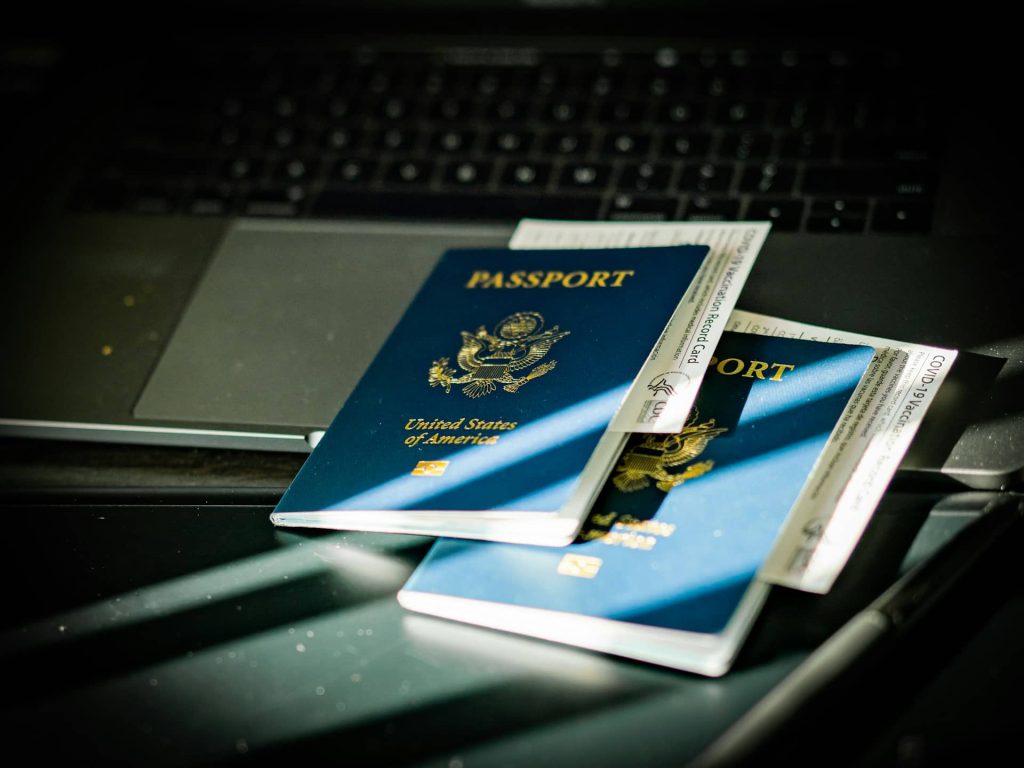
Key Requirements to Qualify
To legally benefit from the 240-day extension, the following conditions must be met:
- Timely Filing:
The employer must submit the Form I-129 extension before the expiration of the current authorized stay (the date on Form I-94). - Same Employer:
The rule only applies if the employee continues working for the same employer who filed the extension petition. Changing employers requires a separate transfer or new petition. - Same Job Classification:
The employment must continue under the same position and terms as the original petition unless otherwise approved. - Pending Decision:
The extension petition must remain pending with USCIS — once it’s approved or denied, the 240-day rule no longer applies. - Within U.S. Borders:
The beneficiary must stay within the United States during this period. Departing the country may void the 240-day employment authorization until the extension is approved.
How the 240 Days Are Calculated
The 240 days start counting from the day after the expiration of the current I-94 authorized stay.
For example:
If your I-94 expires on May 31, and your employer files the extension on May 25, the 240 days begin from June 1.
- You may continue working up to 240 calendar days (not business days) from June 1.
- If the USCIS has not yet made a decision by January 26 (240 days later), your work authorization automatically ends — though you can still remain in the U.S. while the case is pending.
This countdown ensures that both employers and employees track their legal work period carefully to avoid violations.
What Happens If the Case Is Still Pending After 240 Days?
If 240 days pass and the extension is still pending, the individual must stop working immediately.
However, they are still considered to be in a period of authorized stay — meaning they do not accrue unlawful presence while USCIS continues to process the petition.
The worker can remain in the U.S., but cannot perform any work until an approval notice is issued.
If the petition is eventually approved, the employment authorization resumes automatically. If the petition is denied, the individual must cease working and leave the U.S. immediately to avoid falling out of status.

What If the Petition Is Denied?
A denial means that USCIS did not approve the extension, and the worker’s authorized stay ends immediately as of the date of the denial notice.
Here’s what happens next:
- The 240-day grace period ends.
- The employee must stop working immediately.
- Any work performed after the denial is considered unauthorized employment.
- The individual is expected to depart the United States promptly.
In some cases, if the denial was due to a technical or administrative issue, the employer may refile the petition or file a motion to reopen (Form I-290B). Consulting an immigration attorney at this stage is critical to prevent further complications.
240-Day Rule vs. Automatic Visa Revalidation
Many people confuse the 240-day rule with automatic visa revalidation, but they are two completely different concepts.
- The 240-day rule applies to employment authorization while an extension is pending.
- Automatic visa revalidation allows certain individuals to reenter the U.S. after short trips (under 30 days) to Canada or Mexico with an expired visa stamp — provided their I-94 is still valid.
Under the 240-day rule, if your I-94 has expired, leaving the country ends your eligibility to work until your extension is approved.
Employer Responsibilities Under the 240-Day Rule
Employers play a vital role in ensuring compliance with immigration regulations during this period.
- Timely Filing: Employers must file the extension petition before the employee’s authorized stay expires.
- Maintain Proof: Keep copies of USCIS receipt notices (Form I-797C) as evidence of timely filing.
- Track Expiration Dates: Establish an internal compliance calendar to monitor 240-day deadlines.
- Cease Work After 240 Days: Employers must ensure employees stop working if the case remains pending beyond 240 days.
- Update I-9 Forms: Maintain accurate employment eligibility verification records, noting the 240-day period as temporary work authorization.
Employers who fail to comply may face penalties for hiring or continuing to employ unauthorized workers.
How the Rule Protects Both Employees and Employers
The 240-day rule is designed to balance fairness and administrative efficiency.
For employees, it prevents unnecessary job interruptions caused by government delays. For employers, it allows business continuity while waiting for USCIS decisions.
In many industries, especially technology, healthcare, and international business, losing a key professional even for a few weeks could cause disruptions. The rule provides legal certainty and stability during the waiting period.
Common Misconceptions About the 240-Day Rule
1. “I can travel abroad during my 240-day period.”
False. Traveling outside the U.S. while your extension is pending terminates your 240-day eligibility. You can return only after the extension is approved and you obtain a new visa stamp.
2. “It automatically extends my visa stamp.”
No. The rule does not extend your visa stamp in your passport. It only extends your authorization to work and stay in the U.S. temporarily.
3. “I can switch employers during this time.”
Not automatically. The 240-day rule applies only to the employer who filed the petition. A new employer must file a new petition (such as H-1B transfer) before you can start working elsewhere.
4. “I can work for 240 days no matter what.”
Not necessarily. If USCIS denies your extension before 240 days, your work authorization ends immediately — even if 240 days have not passed.
Example Scenarios
Scenario 1: Timely Filing and Approval
An H-1B software engineer’s I-94 expires on March 1. The employer files for an extension on February 10.
→ The employee may continue working until October 27 (240 days later). If USCIS approves on June 15, the new period of stay and work authorization begin immediately.
Scenario 2: Still Pending After 240 Days
A P-1 athlete’s extension is filed on time, but after 240 days, no decision is received.
→ The athlete must stop performing but may remain in the U.S. until USCIS issues a decision.
Scenario 3: Denial After 180 Days
A religious worker’s R-1 extension is denied after 180 days.
→ The worker must stop employment immediately and leave the U.S., since the denial ends lawful status right away.
How Employers Can Prepare Ahead
Because USCIS processing times can be unpredictable, proactive planning is crucial.
1. File Early:
File extensions as early as six months before expiration. This reduces the risk of hitting the 240-day deadline.
2. Consider Premium Processing:
Paying for premium processing guarantees a 15-calendar-day decision, avoiding the 240-day uncertainty.
3. Track Every Deadline:
Use HR compliance software or simple spreadsheets to monitor expiration dates and 240-day limits.
4. Educate Employees:
Ensure that foreign workers understand what the 240-day rule allows — and what it does not.
5. Document Everything:
Keep records of petitions, I-94s, and receipt notices to demonstrate lawful continued employment if audited.
Impact on Family Members (Dependents)
Dependents such as spouses and children under dependent visa categories (like H-4, L-2, O-3) are also affected by the primary applicant’s extension status.
- They may remain in the U.S. while the principal’s extension is pending.
- However, their ability to work or study depends on their individual visa type and approval status.
- For example, an H-4 spouse with employment authorization (EAD) may need to renew it separately and cannot rely solely on the principal’s 240-day extension.
It’s always best to file dependent extensions concurrently to maintain family status alignment.
How the 240-Day Rule Aligns with U.S. Immigration Policy
The rule reflects a practical recognition that processing delays should not penalize law-abiding applicants. It balances strict immigration control with fairness to skilled professionals and employers who depend on them.
By allowing continuity of employment during review periods, the U.S. maintains its competitive edge in attracting international talent while safeguarding the system from abuse through built-in limitations (same employer, same role, etc.).
Practical Tips for Visa Holders
- Know Your I-94 Expiration Date: Always verify your authorized stay through the I-94 website or your arrival record.
- Communicate with Your Employer: Ensure your HR department or attorney files extensions on time.
- Keep Your Receipts: The USCIS receipt notice (Form I-797C) is proof of a timely filed extension.
- Avoid International Travel: Stay within the U.S. during the pending period to preserve your 240-day eligibility.
- Monitor the 240-Day Limit: Set reminders and stay updated on USCIS processing times.
- Consult Professionals: If your case nears the 240-day mark, consult an immigration attorney to discuss premium processing or backup options.
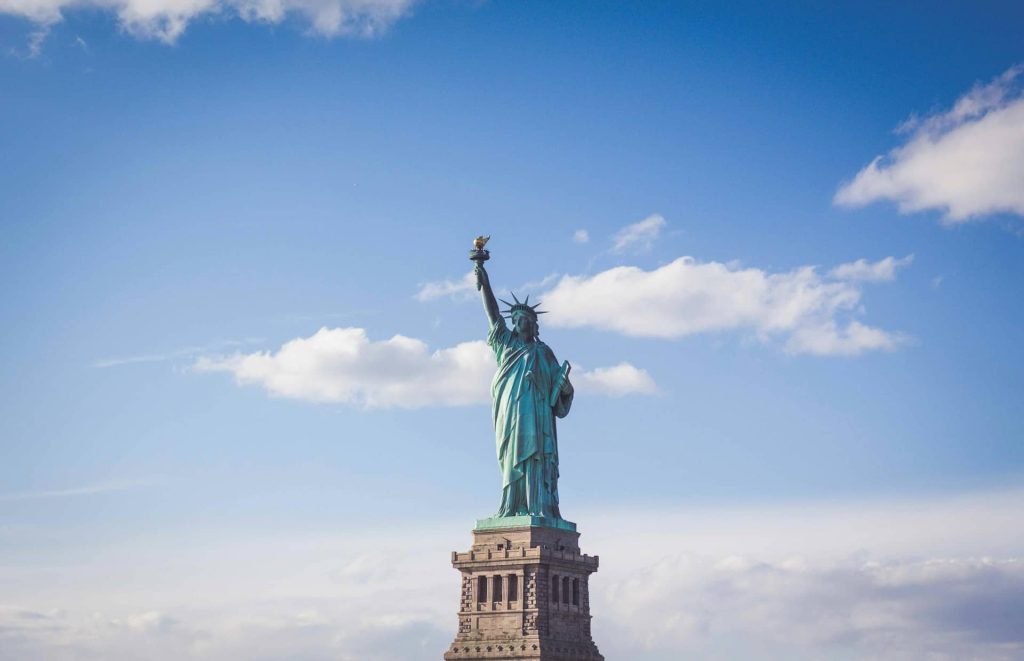
Frequently Asked Questions (FAQ)
1. How does the 240-day rule protect foreign workers in the U.S.?
The 240-day rule allows nonimmigrant workers to legally continue working for the same employer for up to 240 days after their I-94 expiration, as long as the employer filed a timely extension with USCIS. It prevents employment interruption while the case is pending and ensures the worker does not fall out of lawful status during the review period.
2. What happens if my visa extension is denied before the 240 days end?
If USCIS denies your extension before the 240-day period ends, your work authorization and lawful status end immediately. You must stop working and make arrangements to leave the U.S. Staying beyond the denial date can result in unlawful presence and potential reentry bars.
3. Can I travel outside the U.S. during my 240-day stay period?
No. Traveling outside the U.S. while your extension is pending automatically ends your eligibility under the 240-day rule. You cannot return until your extension is approved and you obtain a new visa stamp from a U.S. consulate.
4. Does the 240-day rule apply to all visa categories?
No, it only applies to certain employment-based nonimmigrant categories such as H-1B, L-1, O-1, E-2, P-1, and R-1 visas, among others. It does not apply to visitors (B-1/B-2), students (F-1), or exchange visitors (J-1), as those have different regulations for maintaining status and employment.
5. Can my dependents stay in the U.S. while my 240-day extension is pending?
Yes. Dependents (such as spouses and children under H-4, L-2, or O-3 status) may stay in the U.S. during the principal’s pending extension. However, their own work or study rights depend on their individual visa status and must be extended separately.
Conclusion: Stay Informed, Stay Compliant
The 240-day stay rule is a safety net for nonimmigrant workers navigating complex immigration timelines. It offers valuable protection, allowing lawful work continuation and residence while USCIS reviews extension petitions.
However, it is not a blanket guarantee — understanding its conditions, limitations, and deadlines is essential for both employees and employers.
At Visa Beyond, we help clients plan proactively, avoid compliance risks, and ensure seamless transitions during visa renewals and status extensions. Whether you are an employer managing global talent or a professional building your career in the U.S., staying informed about the 240-day rule helps you stay on the right side of immigration law.
